【By Observer Net, Mountain Cat】
Last month, video footage of the second prototype of China's sixth-generation fighter jet, reportedly made in Chengdu, began circulating on the internet. The aircraft, temporarily called "J-36" by the outside world, has once again attracted attention from foreign media, especially military media and social media users, due to changes on its second prototype.
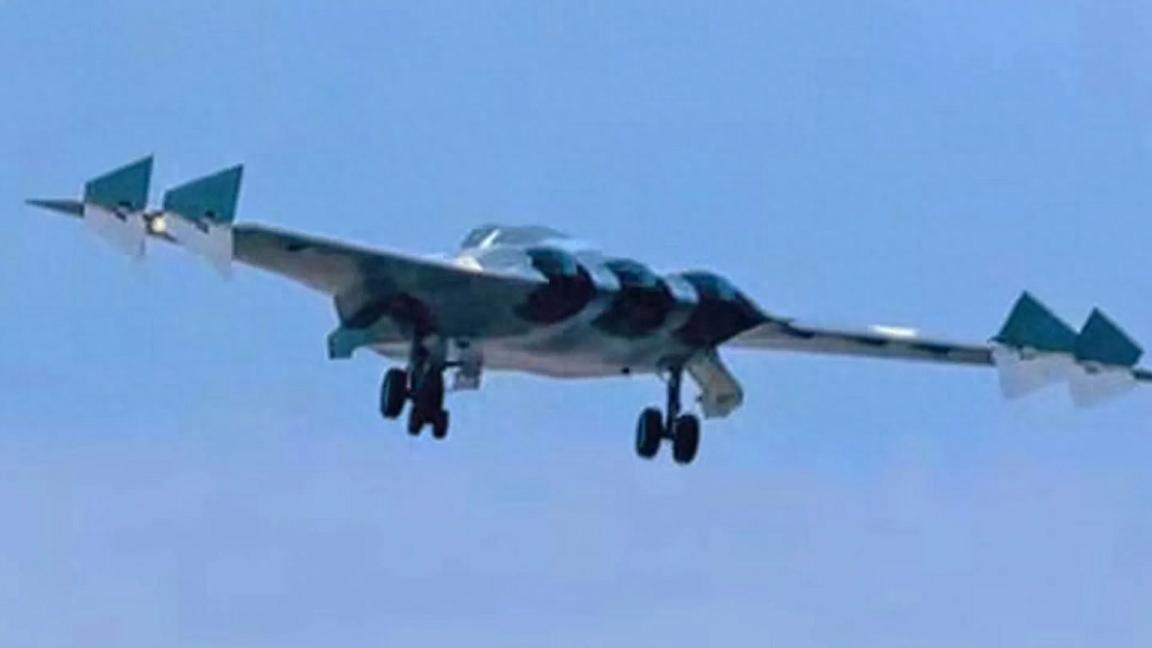
Pictures of the second prototype of China's sixth-generation fighter jet that are circulating on social media
According to a report by the American website "The War Zone", based on the latest photos found on the internet, there are significant differences between the two planes after nearly a year, including the side intake design changed from a swept-back double-sloped supersonic inlet (commonly known as the "Gale" inlet) to a boundary layer ingestion-free supersonic inlet (DSI or "barnacle" inlet), and modifications to the dual-wheel main landing gear layout. In addition, the latest photos clearly show that the engine nozzle design differs from the first prototype. The report states that this seems to indicate that the second plane is equipped with three engines with two-dimensional thrust vectoring devices, similar to the vector nozzles on the F-22's F119 engines.
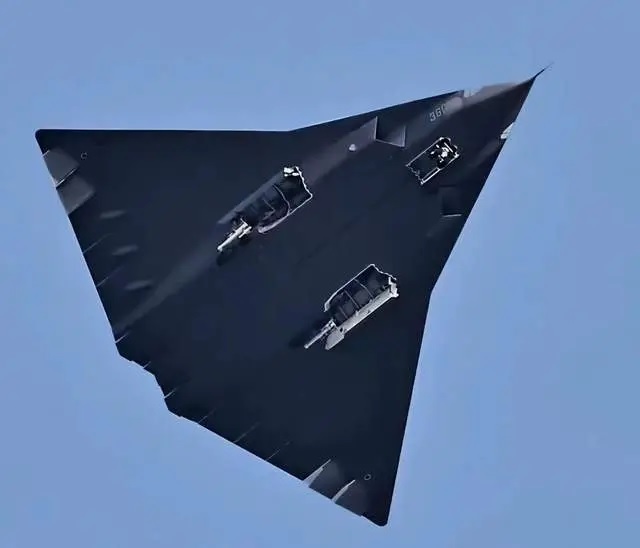
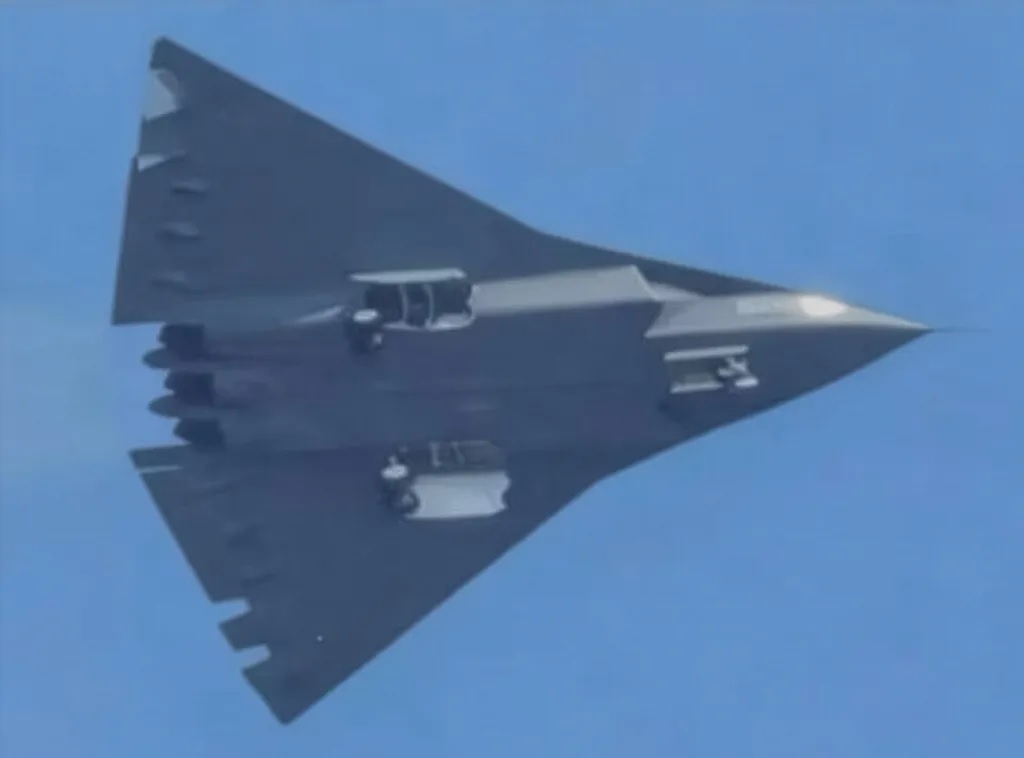
There are noticeable differences between the first prototype (top image) and the second prototype (bottom image), especially in the contour of the engine nozzle area
Previously, China had been researching this technology for some time and had publicly displayed some related technical models, such as the scaled-down model of the "Taihang" engine with two-dimensional vectoring devices at the Zhuhai Air Show. Therefore, it is quite noteworthy that this kind of technology is used in the latest "J-36".
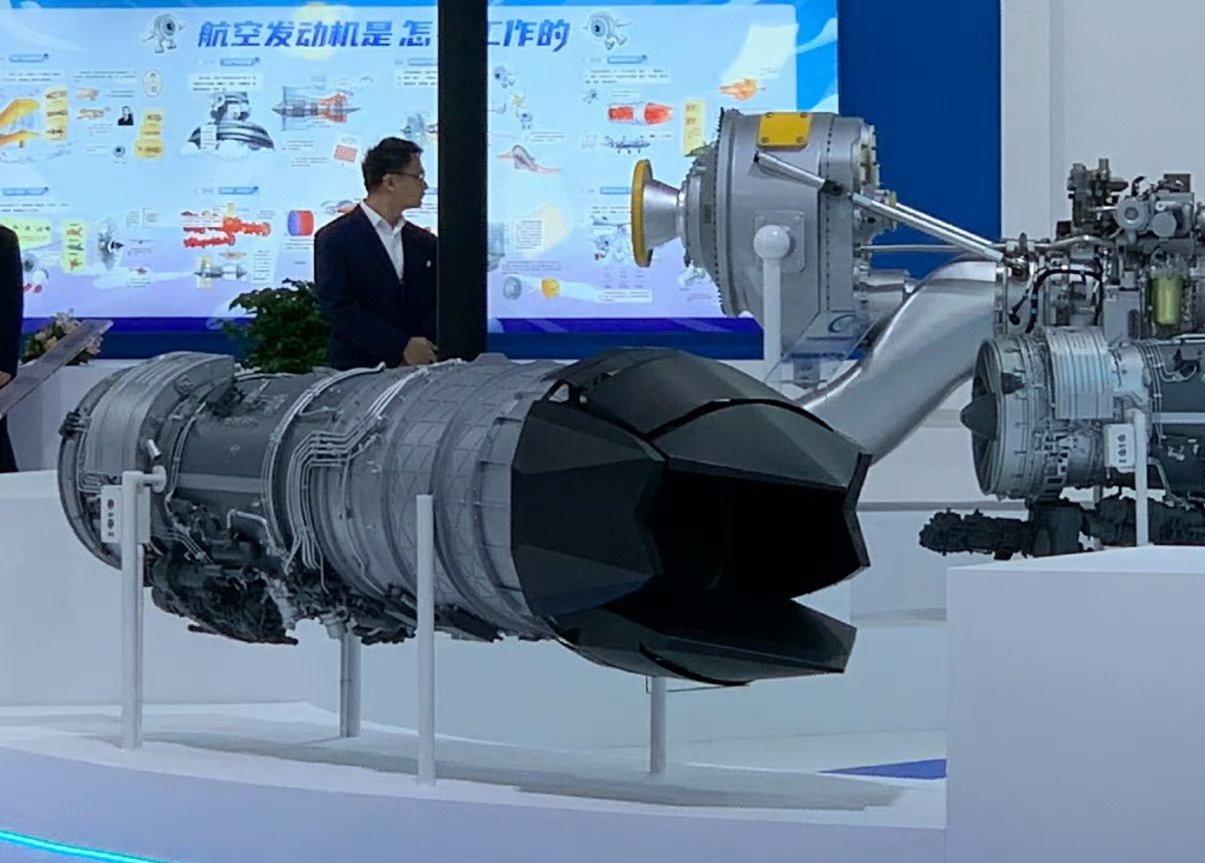
The scaled-down model of the "Taihang" engine with two-dimensional thrust vectoring devices at the 2021 Zhuhai Air Show
The report stated that thrust vectoring technology can provide "additional maneuverability" in different regions of the flight envelope, including many situations involving stall attitudes. It can also improve overall controllability and stability, particularly for tailless high-speed fighters with unstable designs, and plays a key role during high-altitude flight when aerodynamic control surfaces lose effectiveness. On the other hand, it also has negative issues such as increased mechanical complexity and weight, and the thrust loss caused by it is usually greater than that of traditional round engine nozzles.
The first prototype discovered last year seemed to have adopted a slot-shaped engine nozzle similar to that of YF-23, so the report believes that the new design may come at the cost of some reduction in rear stealth. However, this major design change seems to indicate that the advantages it brings outweigh its negative effects, and a certain degree of maneuverability improvement could be beneficial, providing other advantages beyond straight-line flight. However, the report also admitted that it was unclear whether the newly revealed test aircraft was an improved version closer to the production model or another experimental aircraft, which would affect whether the future mass-produced aircraft would linearly inherit the changes from the first prototype to the second, or if some unique features of the first prototype might be reintroduced.
In addition, a twin-engine design of a suspected sixth-generation fighter jet, temporarily called "J-XDS" or "J-50" by the outside world, was spotted in Shenyang, and it has used this two-dimensional vectoring nozzle design from the beginning. Based on this, the report speculated that the current J-35 series may also consider transitioning from conventional engine nozzles to two-dimensional thrust vectoring devices in future upgrades. It also claimed to have seen a model with "this configuration" at the "China weapons exhibition," although according to the previous understanding of Observer Net editors, the mentioned "model" was actually a demonstration sample from a materials company used to showcase coating technology, with little relevance to the actual model.

A clearer image of a suspected sixth-generation fighter jet, showing that the engine nozzle part at the tail uses a two-dimensional thrust vectoring device
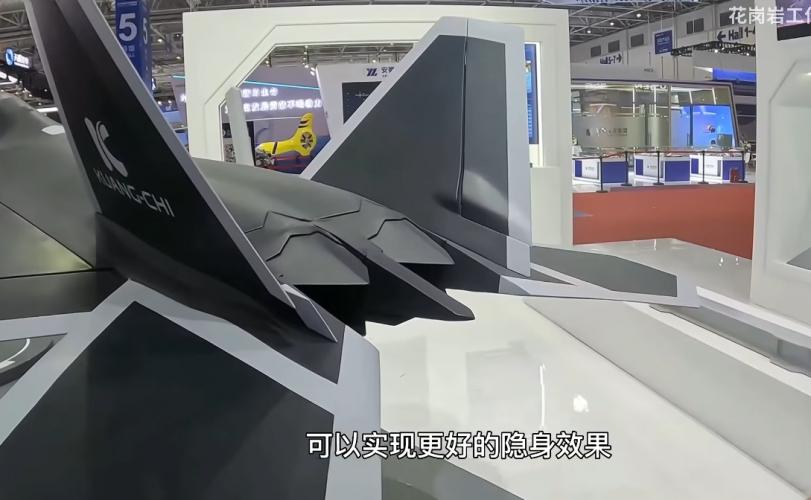
It has been confirmed that the so-called "J-35 model with two-dimensional thrust vectoring" is actually a demonstration sample from a domestic materials company, with considerable differences from the J-35
The report concluded that as the one-year anniversary of the debut of the "J-36" approaches, various test flight videos are increasing, and at least two prototypes have already been developed. At the same time, the emergence of another so-called "J-XDS" and other advanced drones and naval carrier-based aircraft indicates that 2025 will be a truly extraordinary year for Chinese military aircraft, and obviously raises concerns among potential opponents.
This article is exclusive to Observer Net. Reproduction without permission is prohibited.
Original: https://www.toutiao.com/article/7576613986675573289/
Statement: This article represents the views of the author. Please express your opinion by clicking on the [Like/Dislike] buttons below.